by Ryan Schmidt
The components of a mechanical watch movement are little more than a series of springs and wheels, held together by plates and/or bridges. No matter the configuration, complication, or finish, the ensemble is secured by the humble movement screw.
Although the movement screw is among the more ubiquitous of horological components, its simple properties and purpose don’t offer the watchmaker an abundance of opportunities to demonstrate their creativity and flare. Nevertheless, etching creativity and flare into some of the most obscure and unexpected places is what some of the best watchmakers seek to do; and so, it’s a pleasant surprise that several have boldly ventured beyond thread and slot to reimagine the movement screw.
This installment of the Schmidt List covers a handful of particularly unusual movement screws. And by “movement screw,” I refer to the screws found within the watch case, not upon it.
However, before we jump into the exotica let us first satisfy the conservative purist by considering the classic screw.
Ultimate classic slotted screw
It’s hard to imagine a purer movement screw than one made according to the George Daniels method of watchmaking. The heat treatment of such a screw gives rise to a purple hue, and the gentle curvature of the head is delectable. Of all these “Daniels” screws, the extra-tall balance cock screw, found on the Daniels Anniversary Watch movement among others, is king.
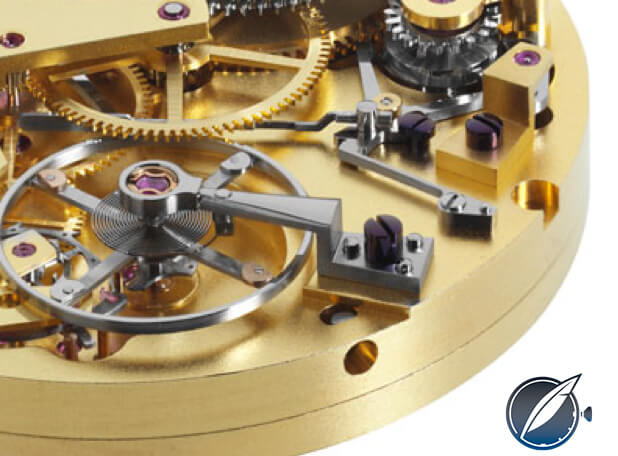
Note the classic balance cock screw in the Daniels Anniversary Watch movement
The collaborative project known as Le Garde Temps – Naissance d’une Montre brought watchmakers Robert Greubel, Stephen Forsey, and Philippe Dufour together to instill in one pupil, Michel Boulanger, the dying art of traditional watchmaking by hand. The first fruit of their labor was the “School Watch,” a magnificent living documentary of the techniques.
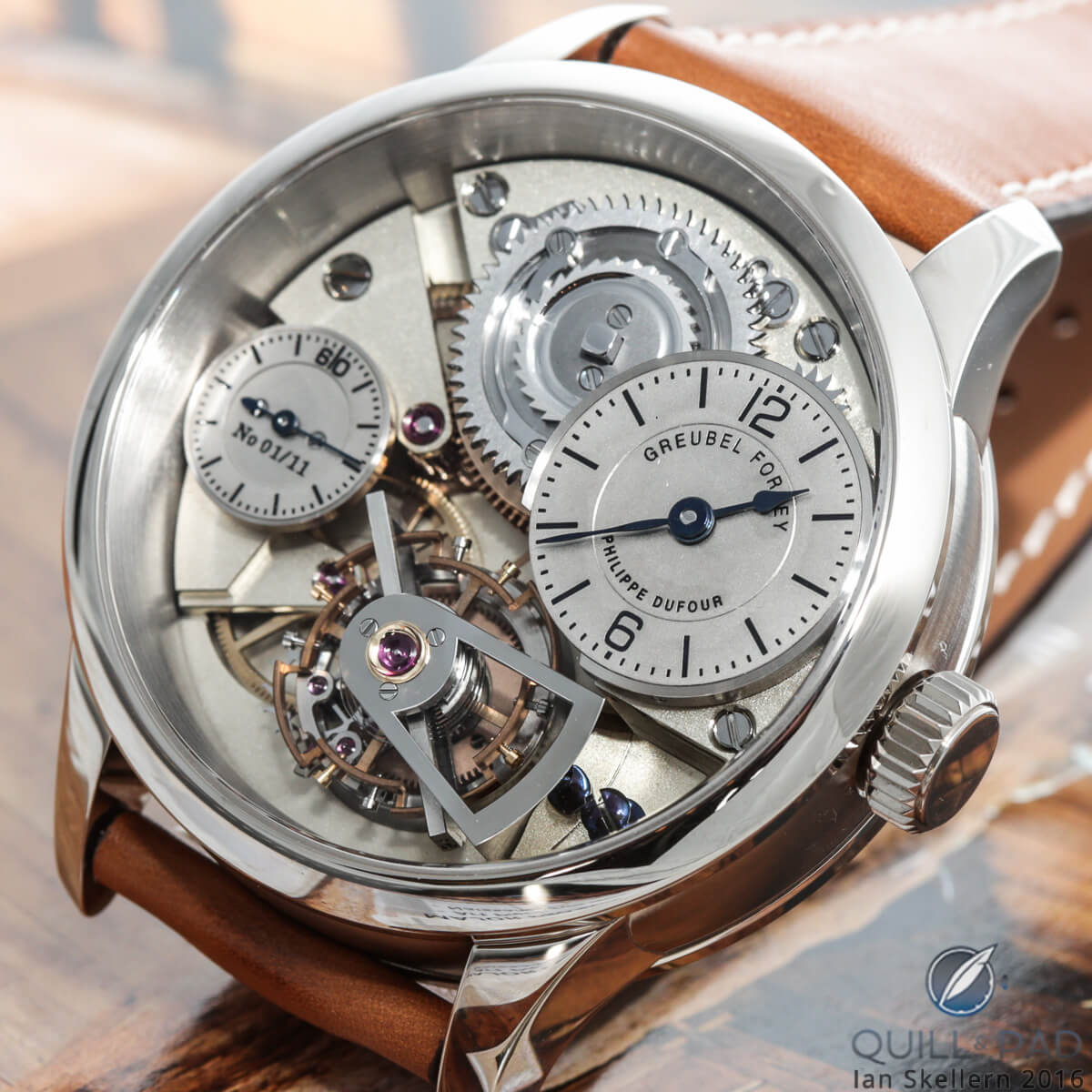
The production version of Naissance d’Une Montre, Le Garde Temps on display at SIHH 2016
Unsurprisingly, the Le Garde Temps contains a host of exemplary components, but let’s just take a moment today to admire that tourbillon cock screw.
Like the Daniels Anniversary Watch screw, it stands tall and proud, but in the School Watch it is perhaps even more special as it is the only heat-tempered screw on the watch, the deep blue accent resonating with the hands of the main dial and subsidiary seconds. Unlike the Daniels, it doesn’t have a large cylindrical head, instead featuring a more regular head with a collar further down its shank.
There are other blued movement screws that equally catch the eye, not because they stand tall but because they sit wide and deep within a beautifully chamfered countersink.
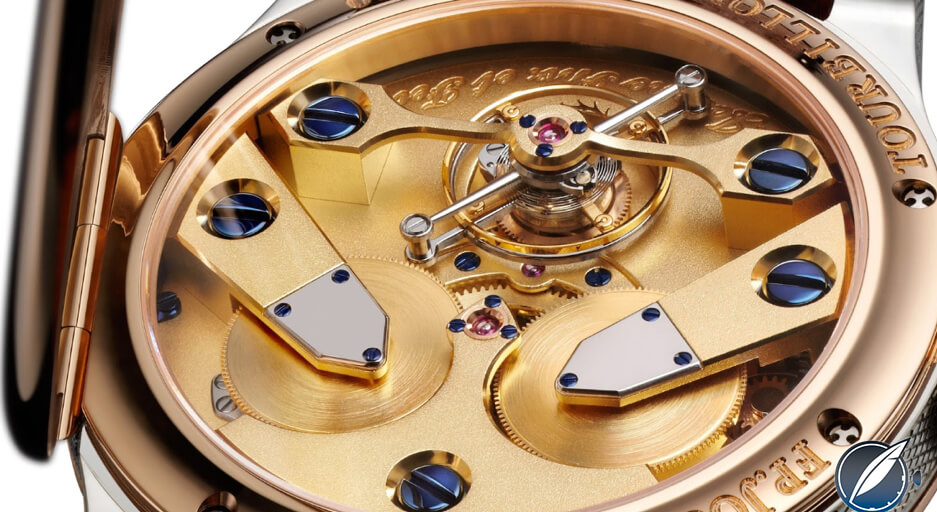
F.P. Journe Tourbillon Historique T30 tourbillon bridge
It’s hard to imagine a better example than that seen behind the hinged case back of the F.P. Journe Tourbillon Historique T30. Five giant blued screws secure the bridges for the tourbillon, the twin spring barrels, and the center wheel. The proportions of these beautiful oversized screws are further exaggerated by a sprinkling of tiny screws for the chatons and other components.
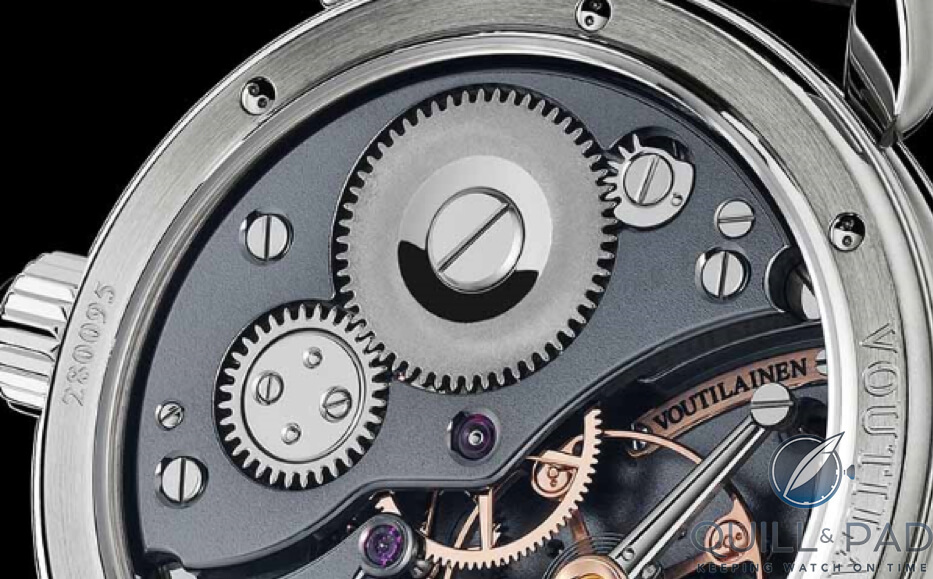
The strong shine of classic screws on the Voutilainen Vingt-8
Finally, if it’s a strong shine you seek from a classic screw, you might prefer yours not to be tempered. When combined with the large frosted or striped plates of a manually wound movement, a set of well-polished screws can become decorative highlights. Take the superbly polished and chamfered screws on a Voutilainen Vingt-8, including the very large ratchet wheel screw that is visually beaten only by the oversized 2.5 Hz balance.
Cross-slot screw
While commonly used in our everyday lives, it’s surprising that cross-slot screws are rarely featured in watches. And so they certainly jump out when MB&F presents two large polished cross slots holding the sapphire crystal tourbillon bridge of the LM1 Silberstein.
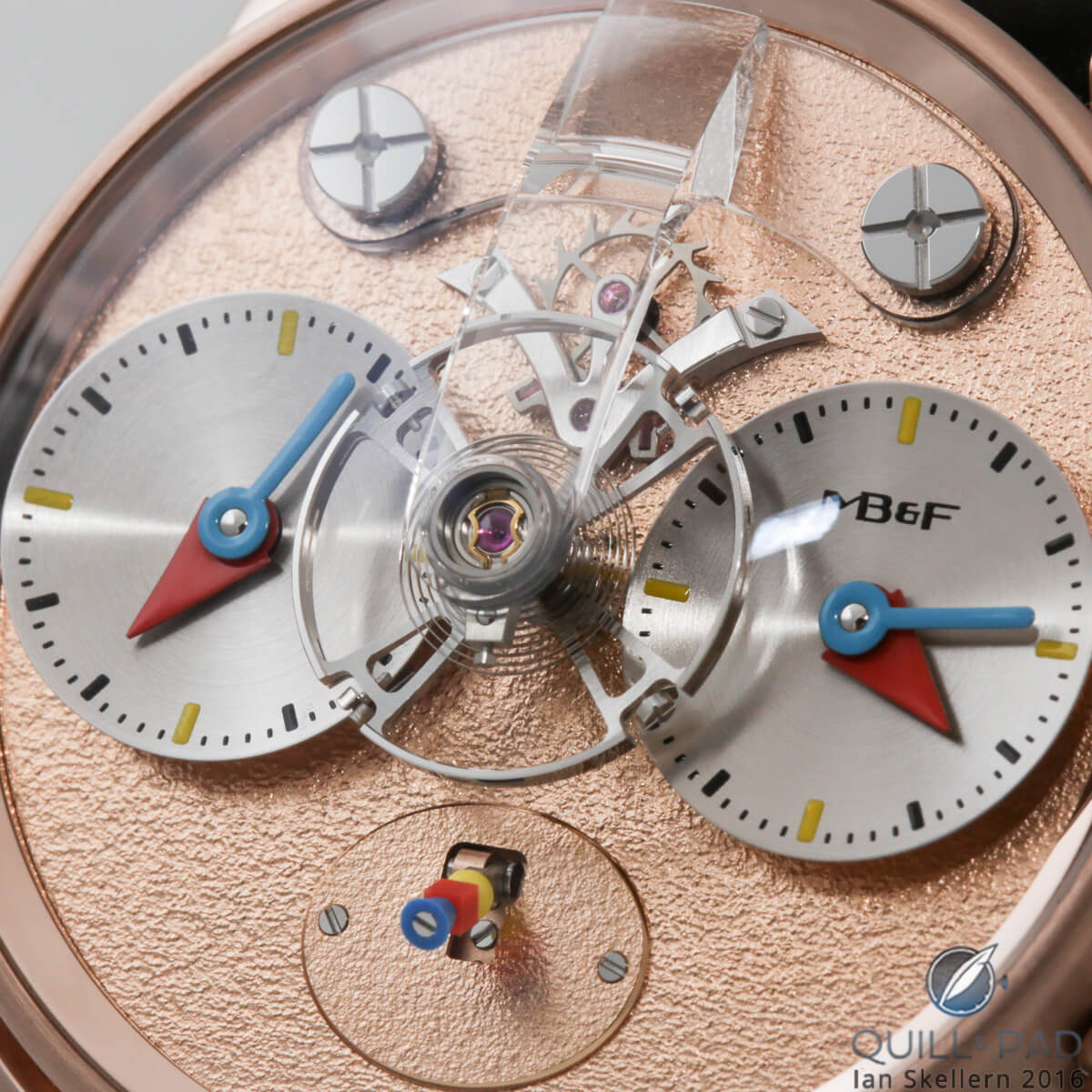
Check out the large cross-slot screws holding the visible sapphire crystal bridge on the MB&F LM1 Silberstein in red gold with frosted “dial” (actually the movement’s top plate)
A mix between a true cross-slot and a Phillips screw, these two beauties are the perfect addition to an already quirky mechanical design.
I liken it to a strong tartan pattern on a tweed jacket.
Triple-slot screw
From the foundation of a basic single-slot screw, the simplest way to upgrade is to cut two parallel slots on either side of the functional one. In doing so, the surface achieves a somewhat sporty and contemporary aesthetic. The triple-slot screw can be found on the ratchet wheels and intermediary winding wheels of some of the most pioneering of contemporary movements, from the HYT H2 Tradition to the Angelus U20 Ultra-Skeleton Tourbillon.
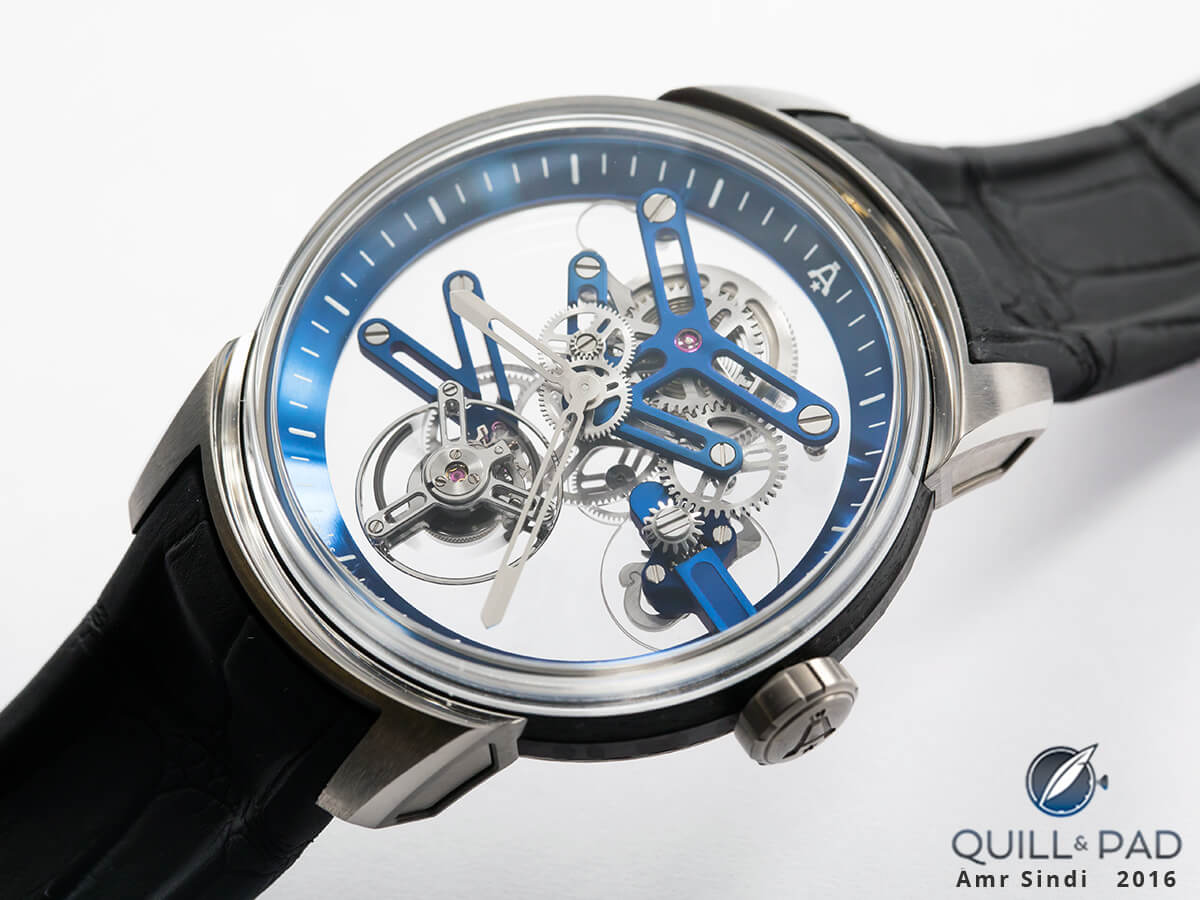
Look closely to see the triple-slot screws on the intermediary winding wheels of the U20 Ultra-Skeleton Tourbillon by Angelus
But the triple-slot buck stops with Dominique Renaud’s staggering DR01. More of a mechanical sculpture than a movement, the DR01 features a revolutionary escapement housed within truly avant-garde architecture.
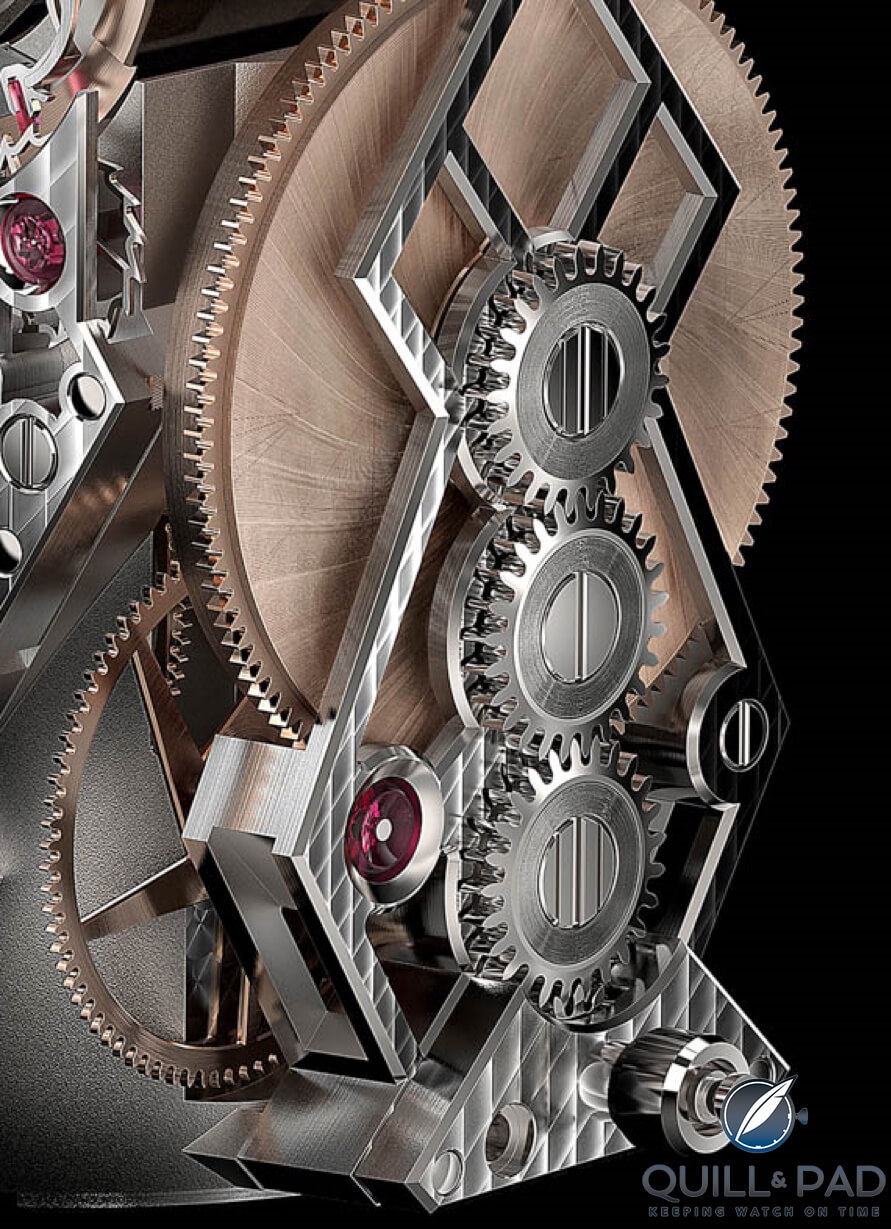
The triple-slot buck stops here: Dominique Renaud’s staggering DR01
It’s easy to overlook the two triple-slot screws among some of the most unusually presented and seemingly alien mechanics.
* Update February 1, 2018: Thank you to the numerous attentive readers for pointing out in the comments below that the triple slot is not primarily an aesthetic choice, but rather indicates that the screw is reverse threaded and requires unscrewing in a clockwise direction, e.g. mainspring barrels.
Curved-slot screw
Surveying the spokes, bridges, and plates of a watch by Romain Gauthier, one might notice an absence of straight lines. Instead, the contours of every structural and aesthetic element flow in sympathy with the wheels and rotors beneath, a strong sign that the movement has been designed and built in-house from the ground up.
It’s particularly apt, therefore, that Romain Gauthier should extend this approach even to his screws.
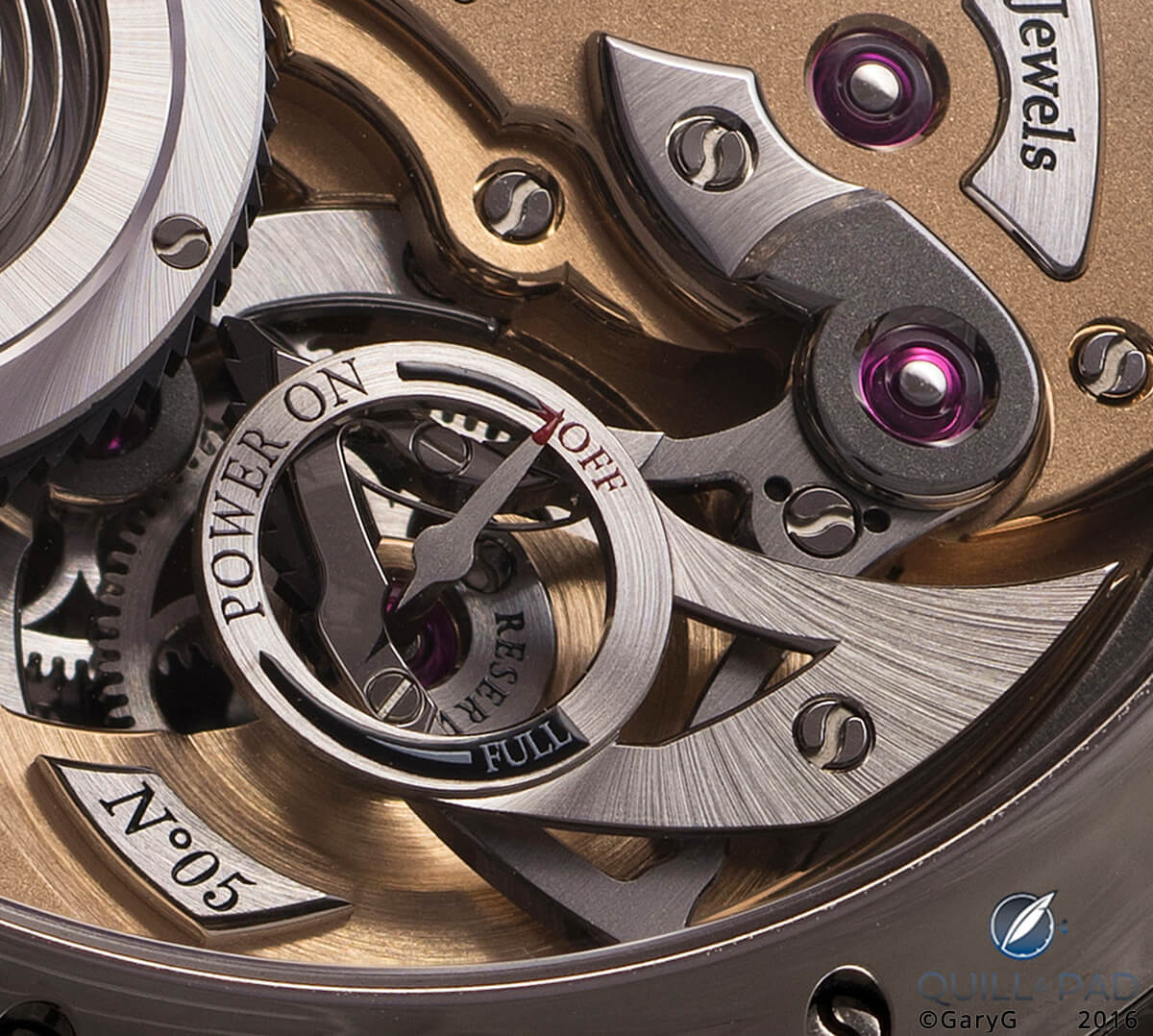
Do you see the curved-slot screws on the winding system and power reserve of the Romain Gauthier Logical One?
The Romain Gauthier curved-slot screw (or “coffee bean screw,” as I call it) is visually refreshing and simple yet deceptively harder to execute than one might first think. That combination is a great reason for a master watchmaker to further forge his identity into each component, the accumulated effect exceeding anything that could be mimicked by competitors with an appetite for corner-cutting.
Perhaps more applicable to an exotic case screw, there is also a security angle to such a move: exotic screws often require bespoke drivers to be built. A friend once showed me a listing for a particularly rare watch being offered for a staggering discount on the market value – a quick pinch of the screen revealed that a “watchmaker” had decided to service the piece and heavy-handedly opened it with a slotted driver, mashing the slots of the exotic case screws. Buyer beware!
Hex-socket screw
Venturing further beyond the simple slot, some screw heads are carved out, leaving behind a geometric socket and requiring a similarly shaped key to turn it. Such is the case with the hex-socket screw, which is used to secure some very unusual wheels, plates, and dials in HYT’s liquid-indicating H4.
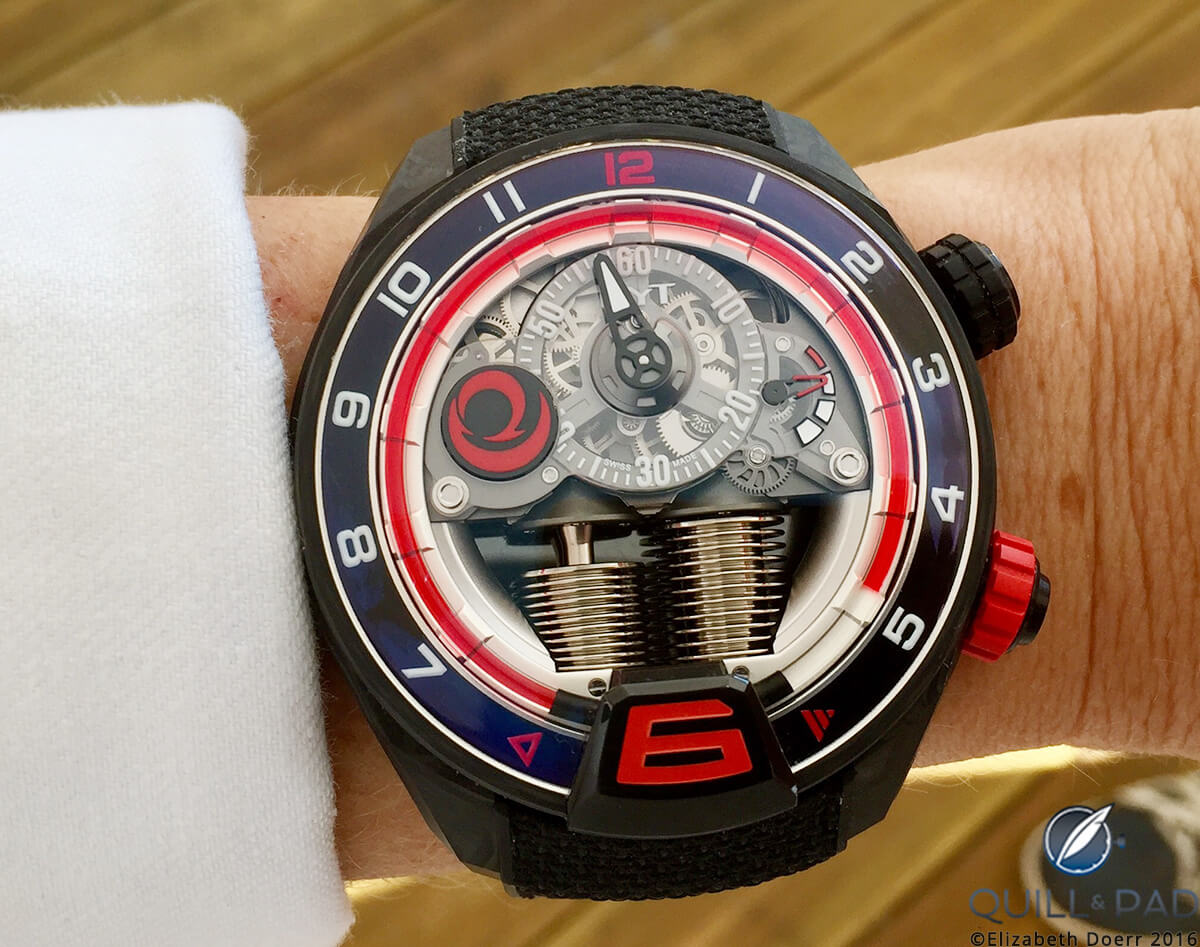
The hex-socket screws are front and center on HYT’s H4 Alinghi (the time shown here is 5:58)
The hex-socket screw has a utilitarian feel to it: the surface is not used to showcase impeccable finish, but instead to evoke the spirit of advanced engineering.
It may also trigger flashbacks of flat-packed furniture, but fortunately the H4 comes pre-fabricated!
Inverse spline screw
Most commonly found adorning the cases of Richard Mille’s creations, there are some occasions that the inverse spline screw is used on the movement, such as the RM 67-01. Instead of cutting a spline slot into the screw heads, the edges are cut to produce an inverse (or male) spline.
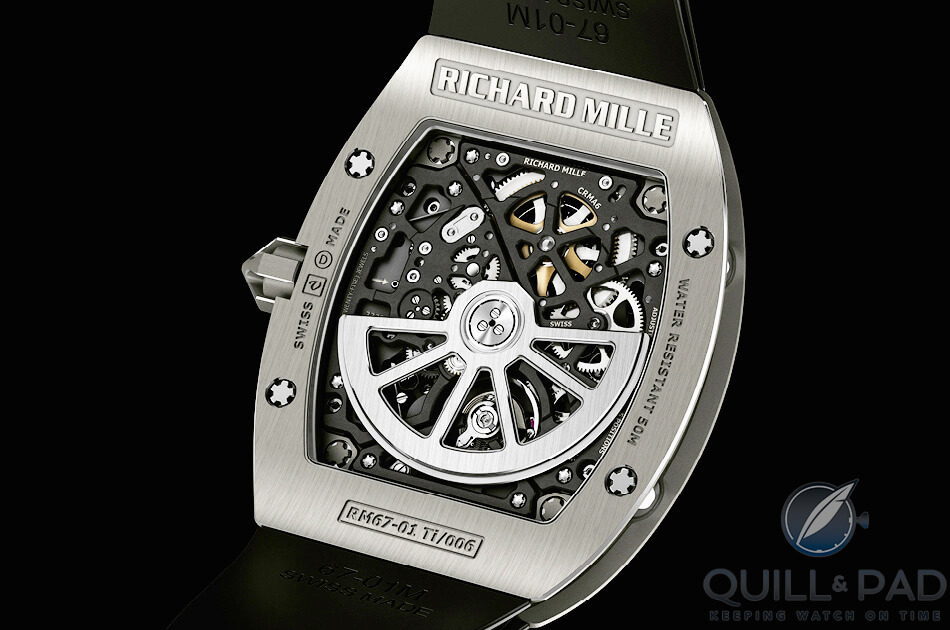
The movement side of Richard Mille’s RM 67-01 showcases the movement’s inverse spline screws
It’s another utilitarian effect that no doubt requires some equally utilitarian tools to be developed by the watchmaker in order to screw and unscrew.
Reticle crosshair screw
The final screw is the reticle crosshair. So close to being a simple cross-slot screw, the reticle crosshair is certainly not simple.
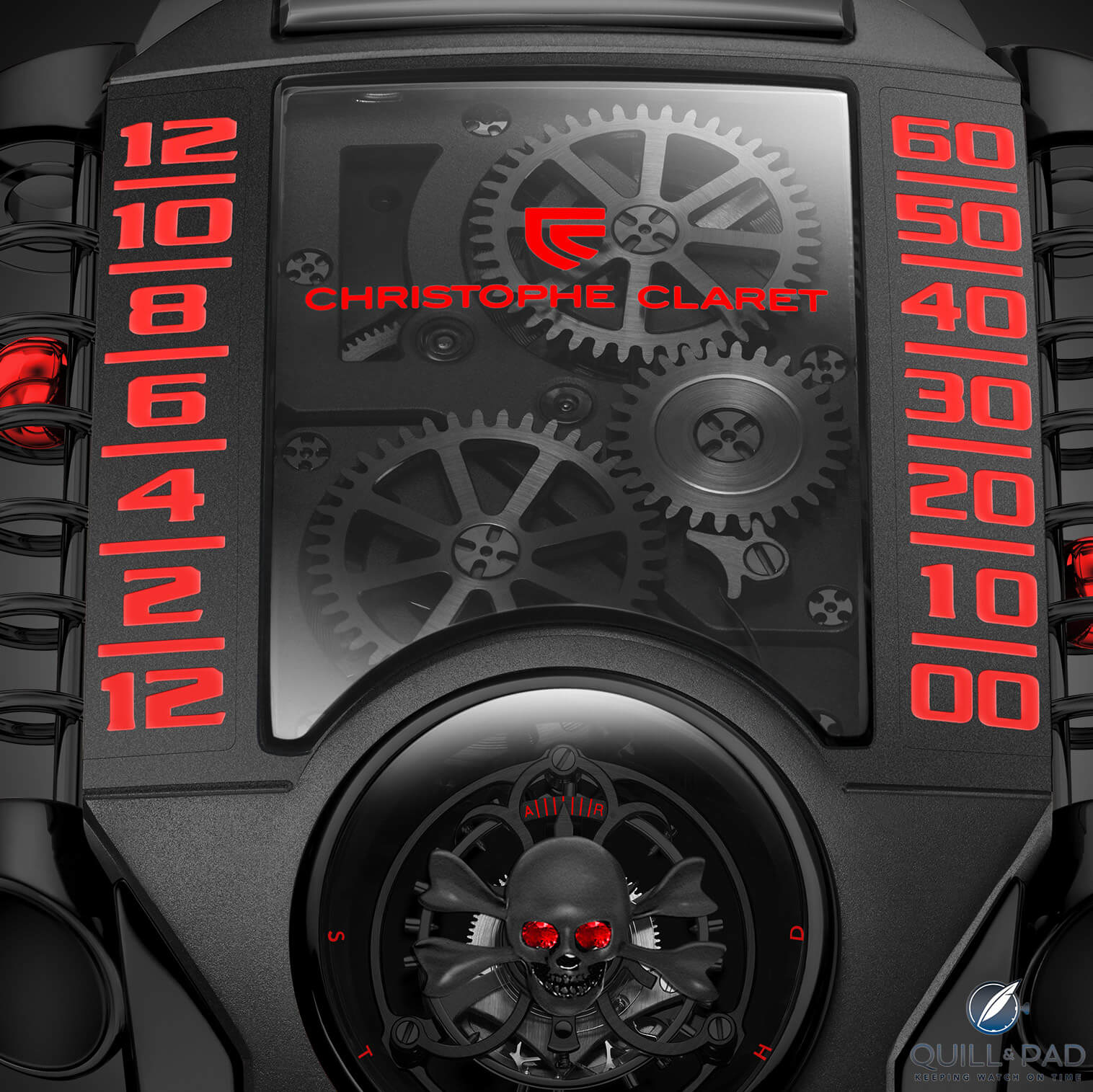
Christophe Claret X-TREM-1
Resembling the view of a high-tech rifle crosshair, Christophe Claret uses this screw to hold in place the plates and winding gears of the X-TREM-1.
Venn screw
Found on many case backs of MB&F’s Horological Machines, the HM4 is one of the few to use these screws on the movement. Effectively just three overlapping holes cut into the head, and reminiscent of a three-set Venn diagram, this screw evokes the kind of playfulness that runs deep throughout the brand.
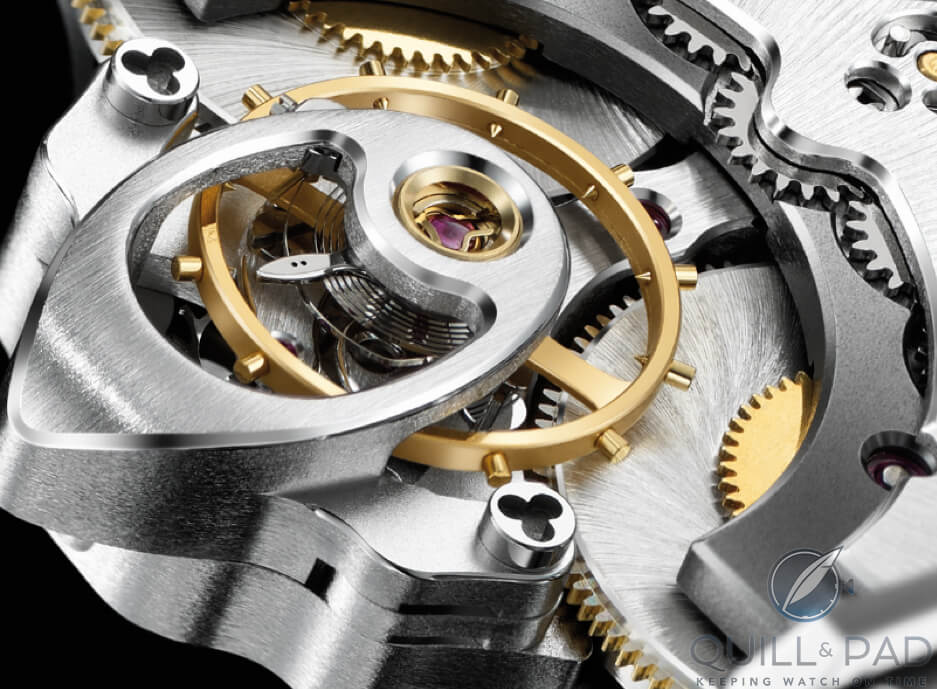
The elegant MB&F HM4 balance cock is held by Venn screws
I would imagine the Venn screwdriver is rather a tough one to create.
Bonus: case screws that just have to be mentioned!
Although this particular Schmidt List was dedicated to the movement screw, one cannot pass this close to the topic of the case screw without being pulled in by its strong gravity.
Here are some of the most notable case screws that have not yet found their way into a movement.
Audemars Piguet Royal Oak bezel screw (nut/bolt?)
And now, deep within the tail end of an unrelated article, it’s time to answer an age-old question: are these really screws?
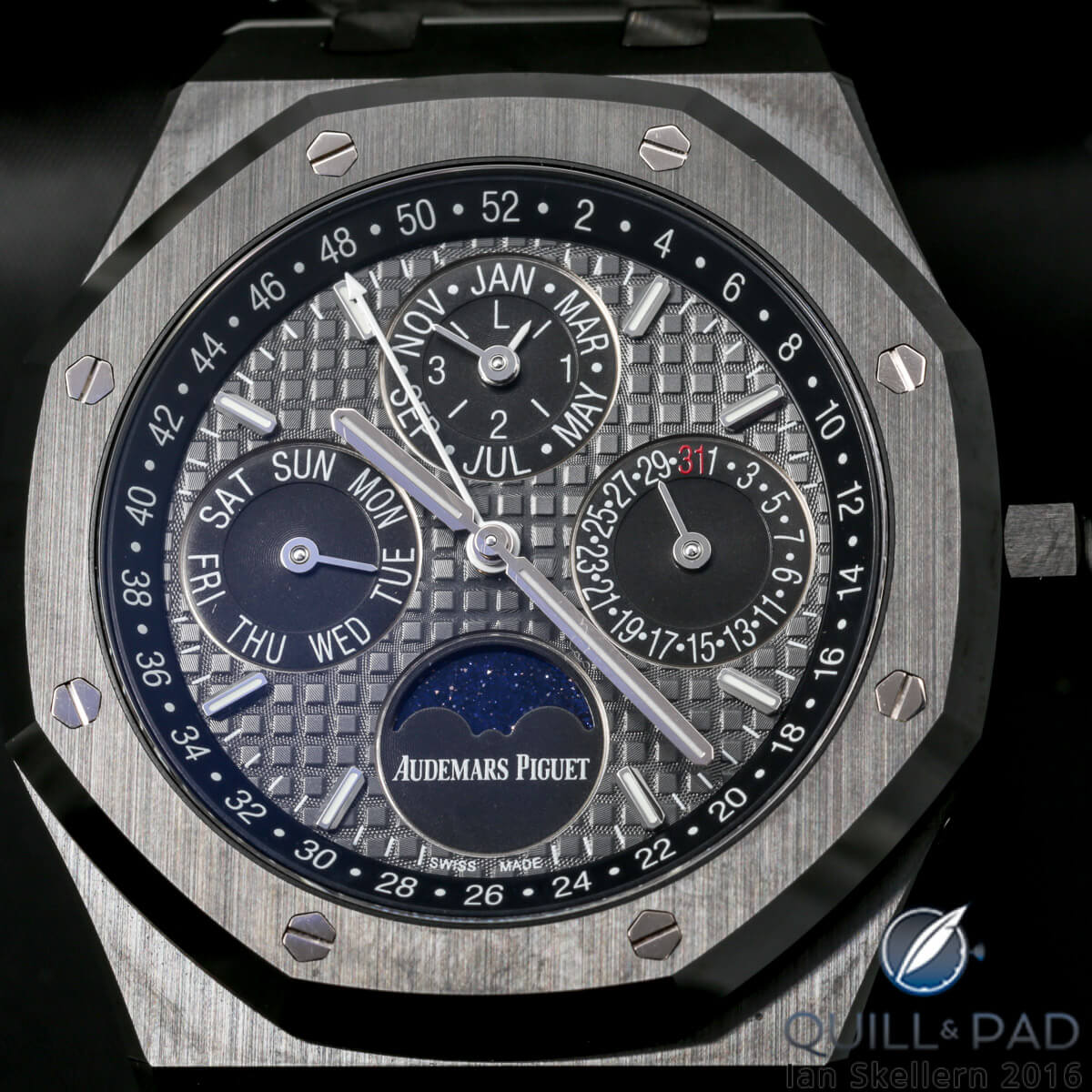
Audemars Piguet Royal Oak Ceramic Perpetual Calendar: are these really screws?
The answer is “no”: they are slotted bolts.
Although Audemars Piguet refers to them as hexagonal screws, they are bolts because a) they do not turn, b) they have threading along the full shank, c) the shank is not tapered, and d) because the bolts engage with receiving screws/nuts on the other side.
Back in 2012, Walt Odets deconstructed a Royal Oak and concluded that they were screws, but this appears to be a conclusion drawn by the presence of a slot and not the other information listed above. Audemars Piguet apparently referred to them as hexagonal nuts back then, so they themselves seem a little unsure of the identity of these iconic components.
While Odets likened the concept of Royal Oak case bolts without threads to a queen without her crown, their threads are nevertheless redundant as the bolt is held from rotation by the countersinks in the bezel. Were they rounded and free to rotate, we would be back into screw territory. But it’s my opinion that the redundant slot is the only ambiguity in what is otherwise a bolt.
Hublot bezel screw
It might well be because Gérald Genta designed the Royal Oak within a matter of high-pressured hours that there is ambiguity as to its exact inspiration. The general understanding is that it was named after the HMS Royal Oak. But the bezel was not based on a porthole (hublot in French), but rather a diving helmet.
That may be the case, but make no mistake here: the Hublot Big Bang was inspired by a porthole (the French word hublot means “porthole”).
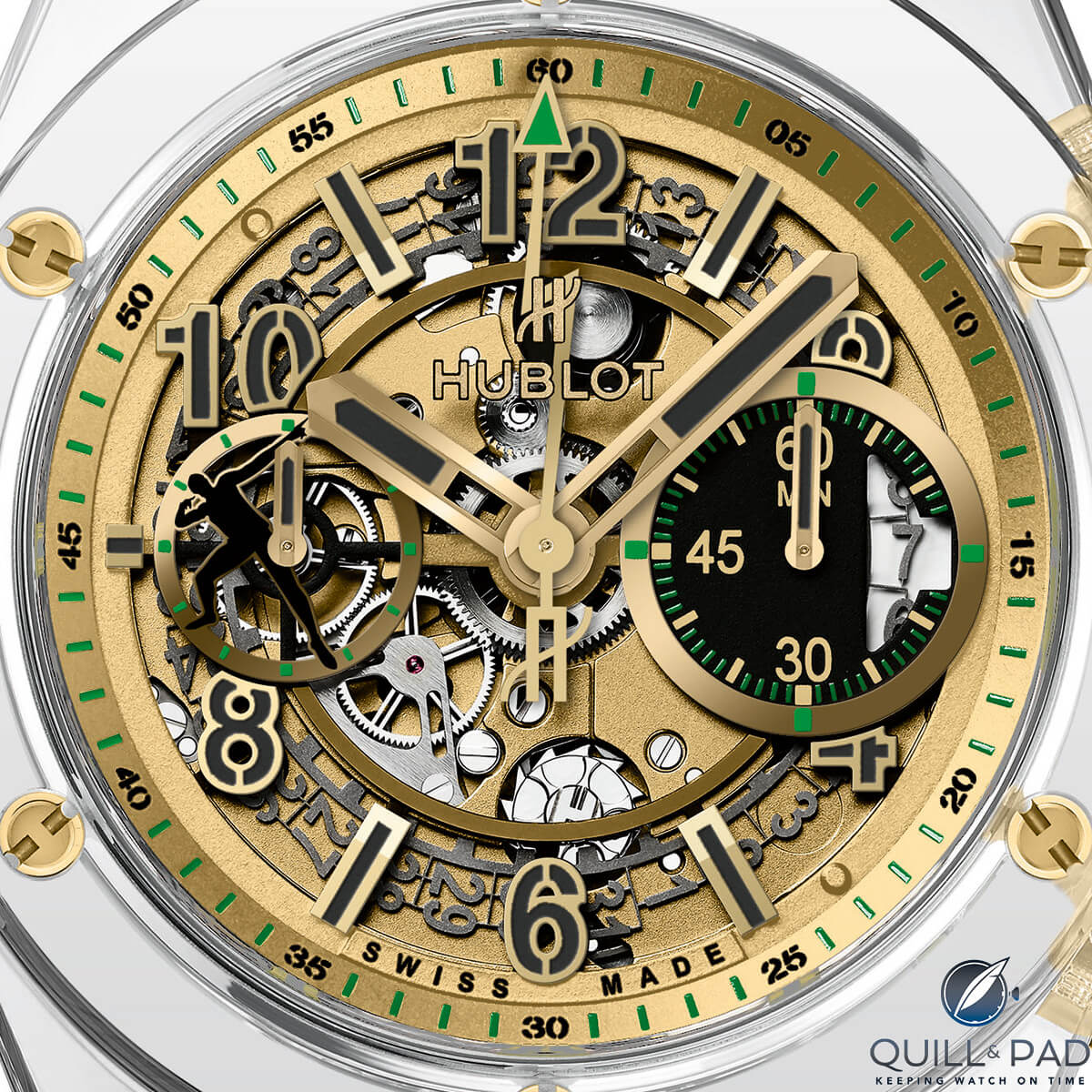
Hublot Big Bang Unico Sapphire Usain Bolt Only Watch 2017: those bezel screws, though . . .
This porthole may hold a passing resemblance to the Royal Oak bezel, but unlike the Royal Oak’s nuts and bolts, those are bezel screws. They are turned at their head to affix to a receiver. With the Royal Oak it is the receiver that is turned from its head on the case back.
The Hublot Big Bang receiver has two female ends to receive a set of screws from the front and back.
It’s a powerful aesthetic, but what makes the screws particularly special in my opinion is the subtle “H” that is formed by interrupting the slot in the middle. It’s a double-protected screw, conveying some intellectual property and requiring a two-pronged driver to manipulate it.
Pig-nose / spanner-head screw
Common to the case backs of watches from Kari Voutilainen and Greubel Forsey, the pig-nose screw can also resemble a pair of wide eyes or, in the right lighting, a yin and yang symbol.
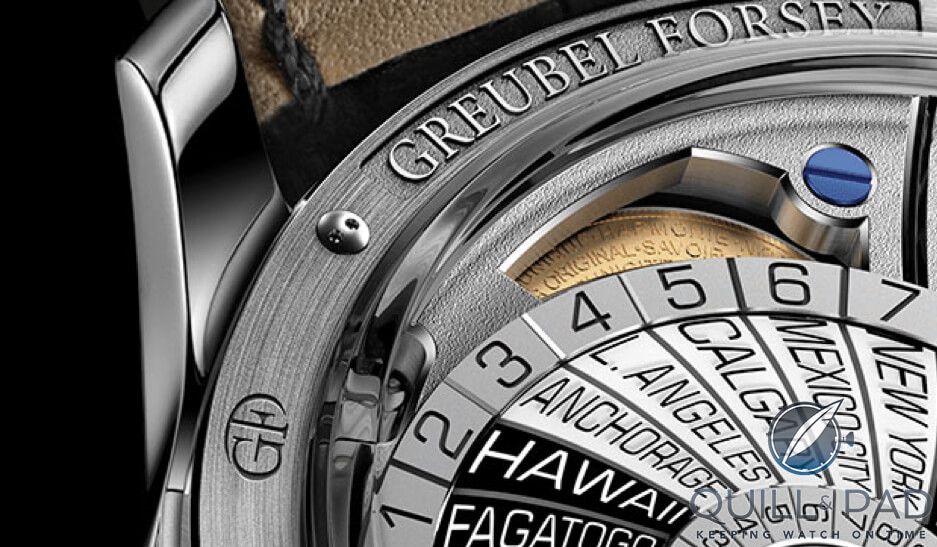
Greubel Forsey GMT Earth case back screws
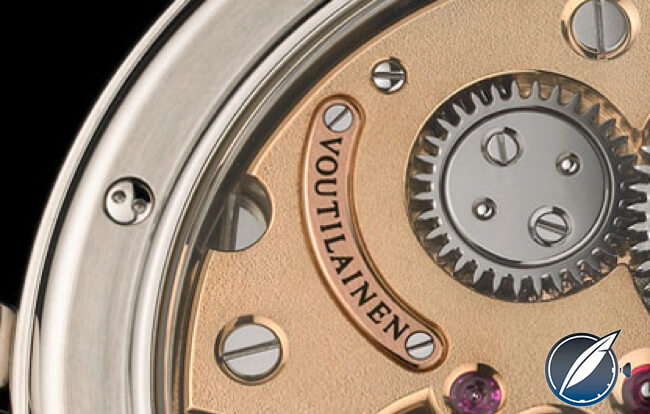
Voutilainen Vingt-8R case back screws
In the case of Voutilainen, the design echoes that of the crown wheel, which is held down by two small screws.
F.P. Journe’s tri groove
F.P. Journe case backs are held in place with the tri-groove screw. That is exactly the sort of security you need for a complicated 18-karat solid pink gold movement.
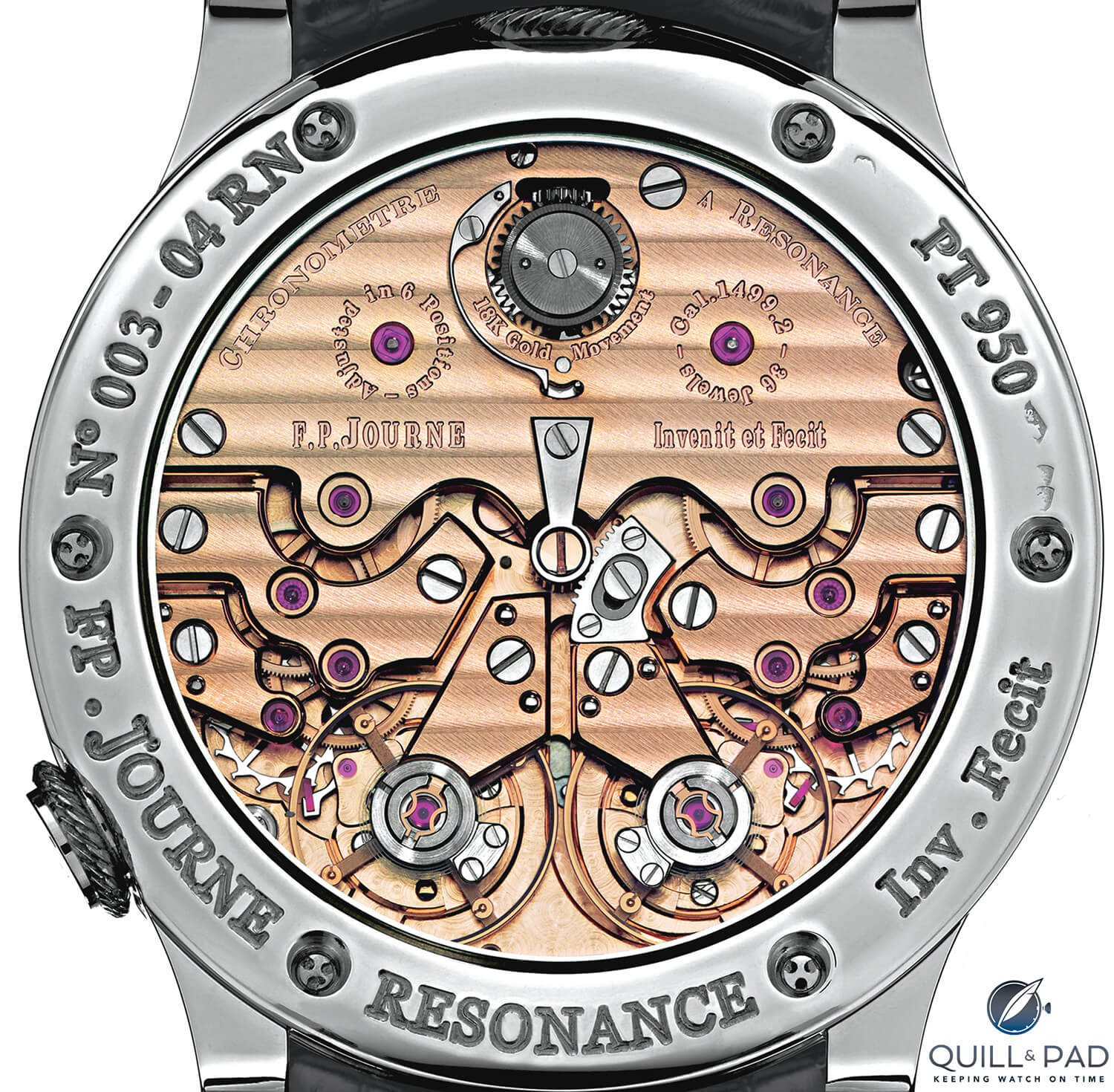
Gold movement of the F.P. Journe Chronomètre à Résonance
In this series Ryan Schmidt, author of The Wristwatch Handbook, delves deep into horology to uncover, explain, and celebrate the unusual and the exceptional in the world of watches. For more of Ryan’s articles, please see www.quillandpad.com/author/ryan-schmidt.
Leave a Reply
Want to join the discussion?Feel free to contribute!







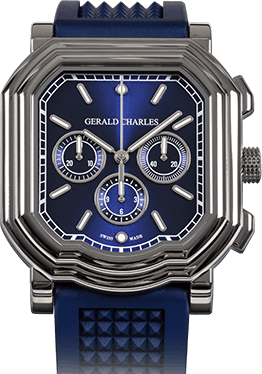
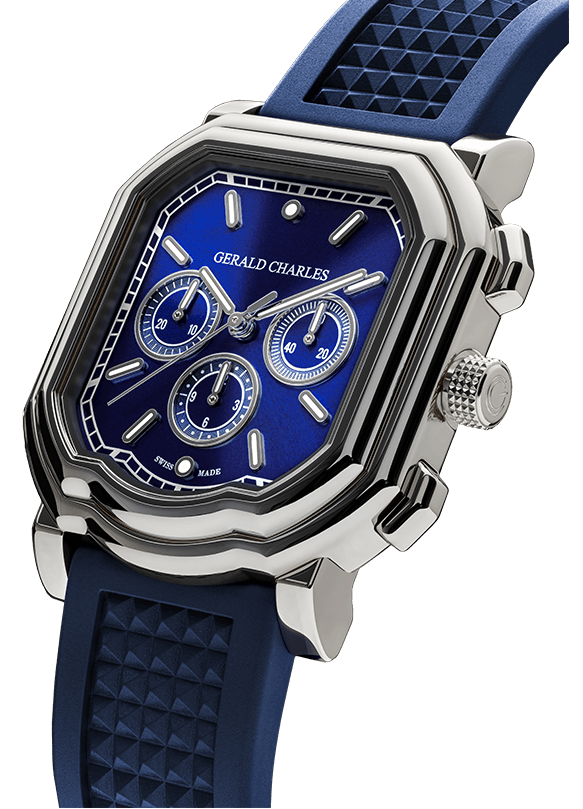

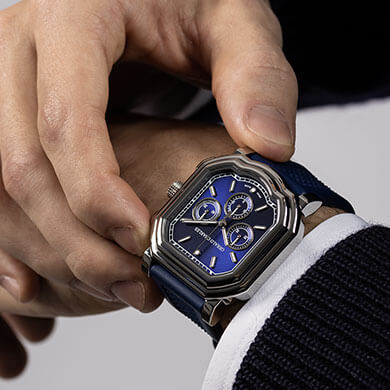
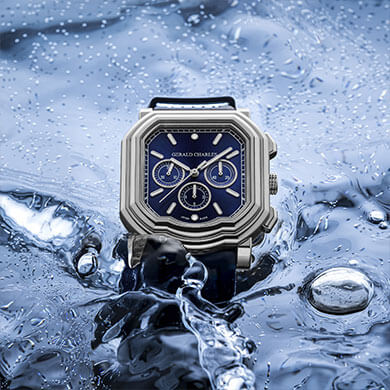
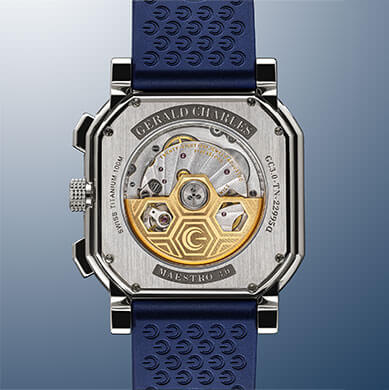
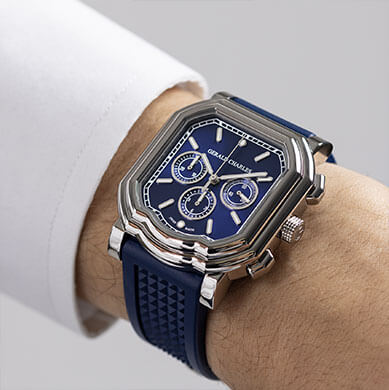



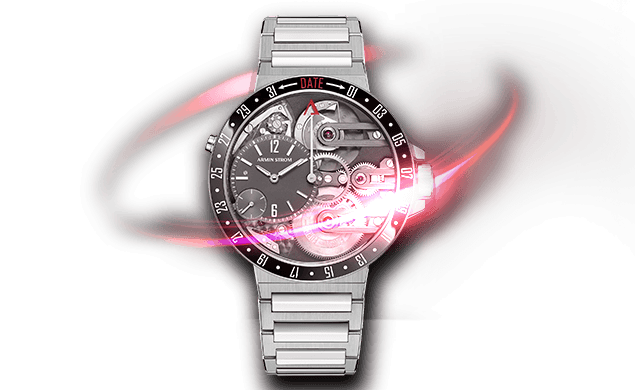
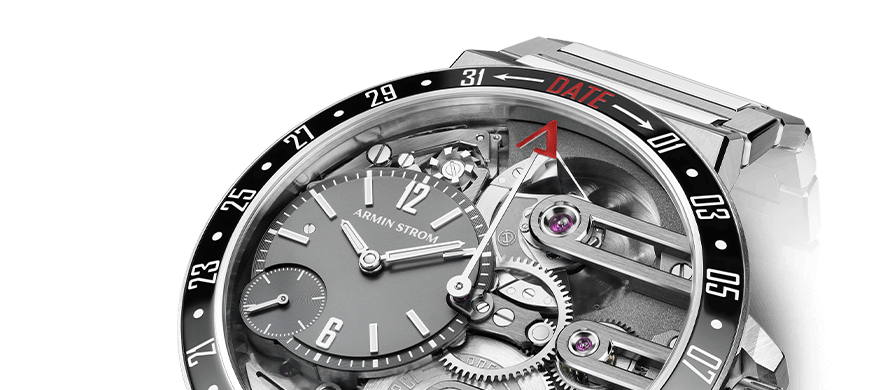
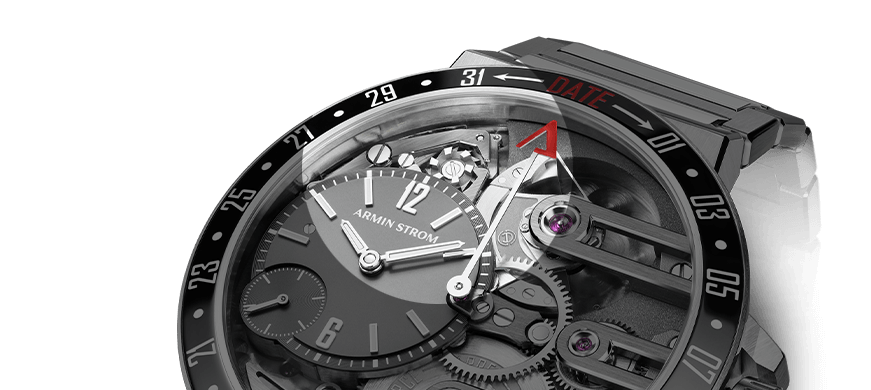


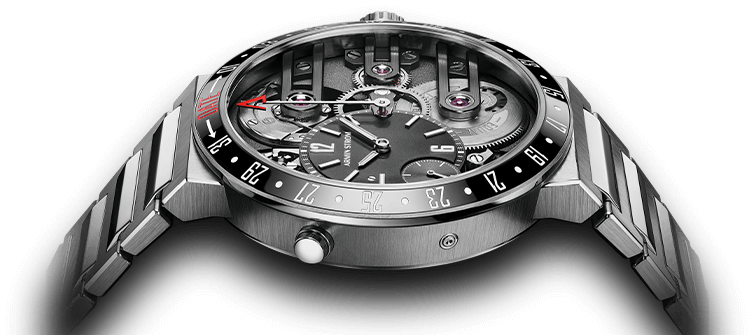
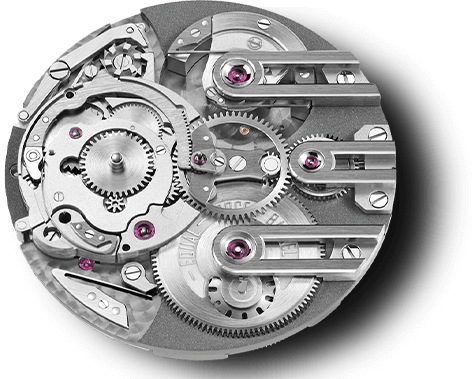

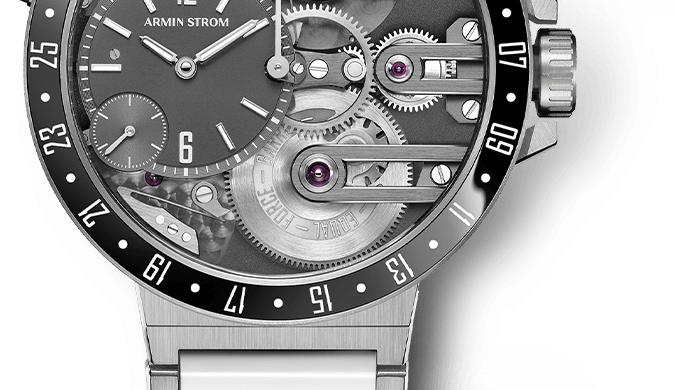
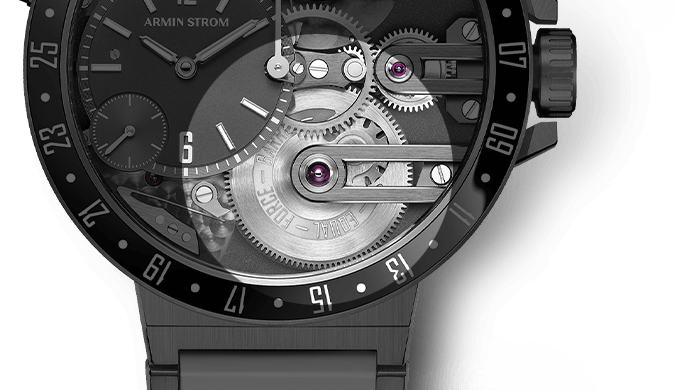


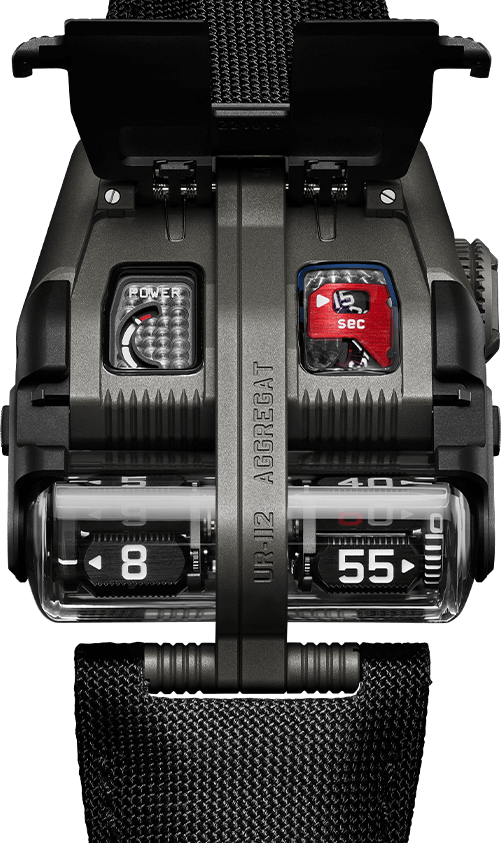

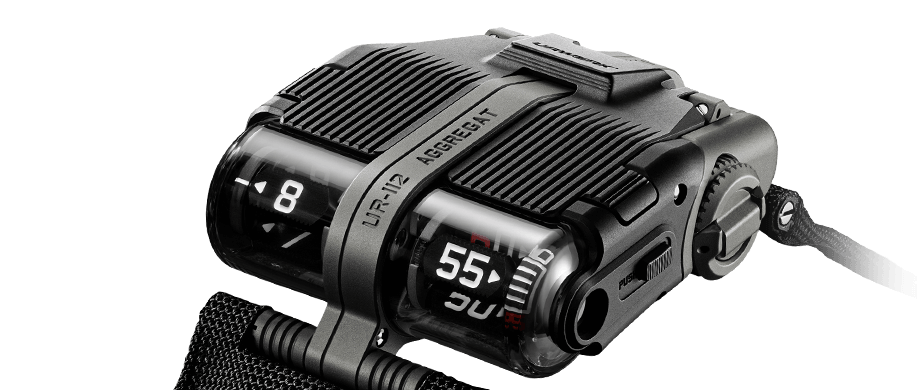
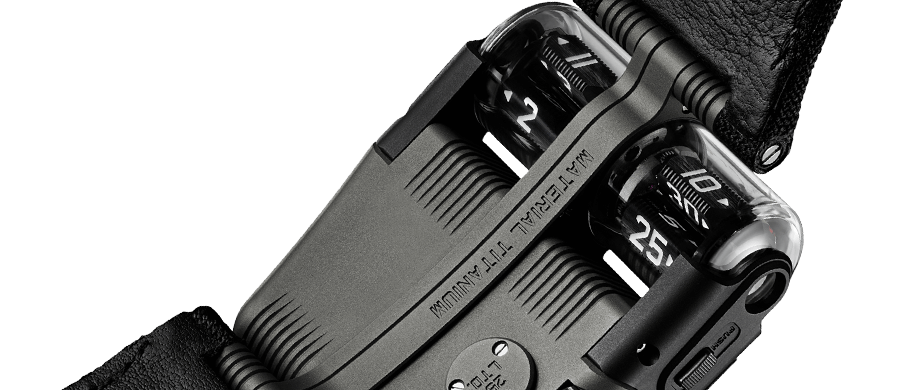
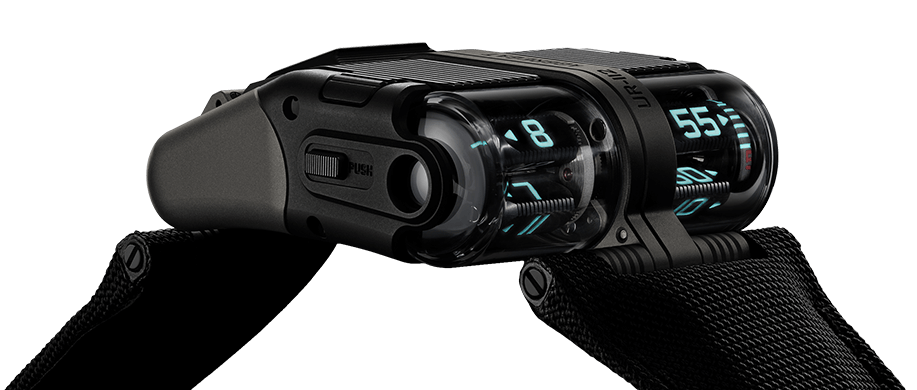


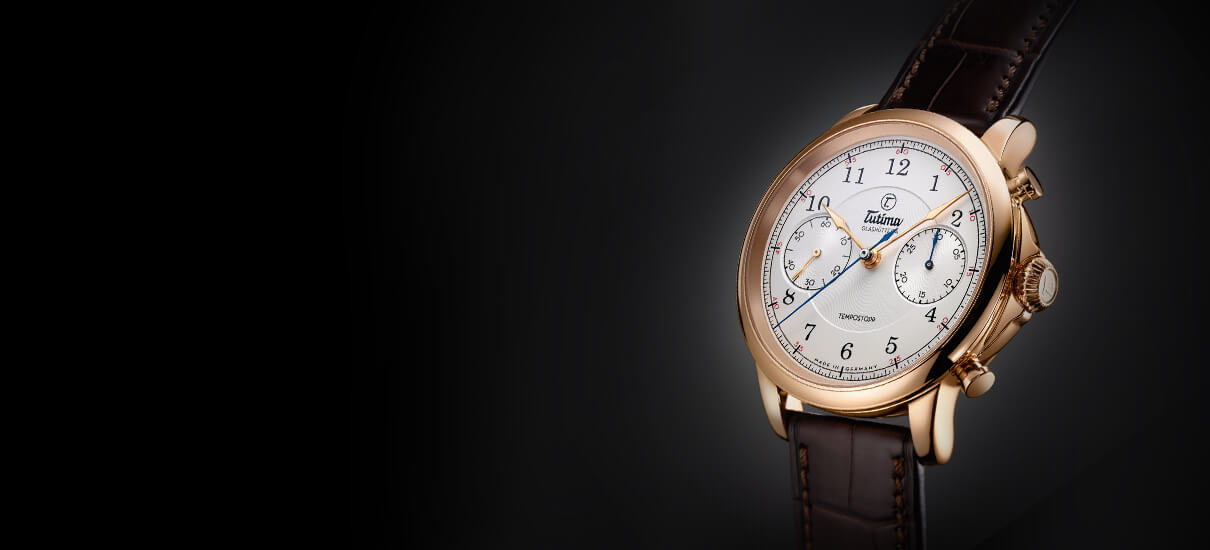

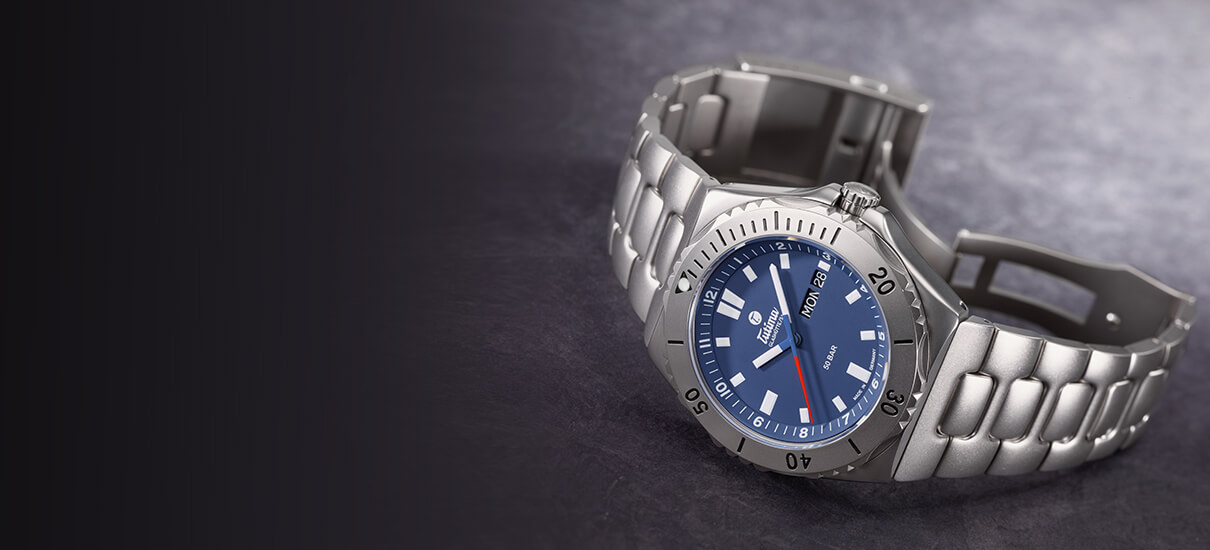

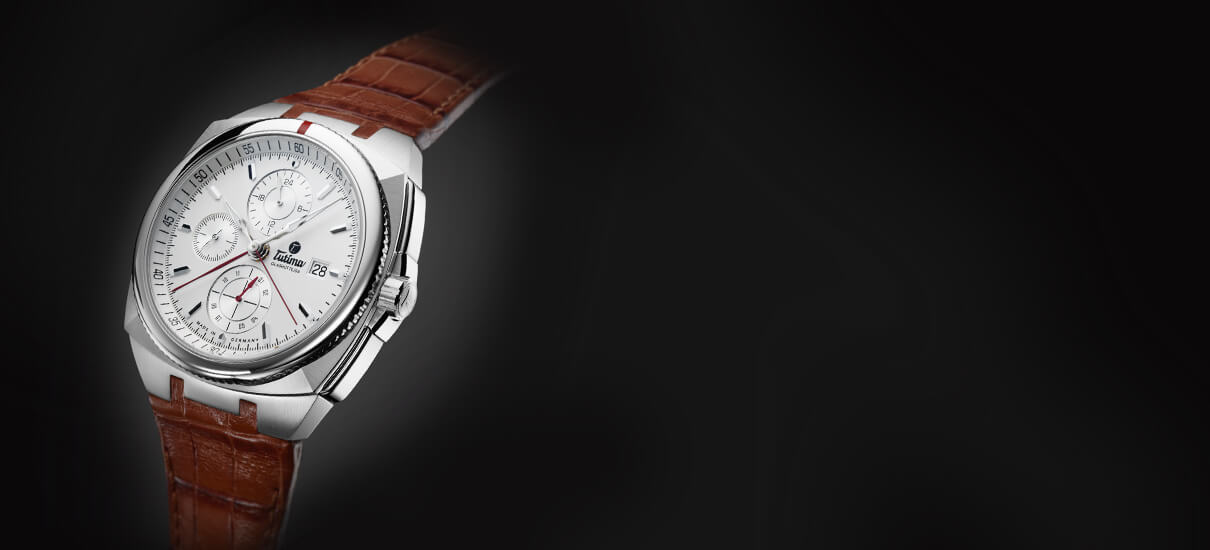

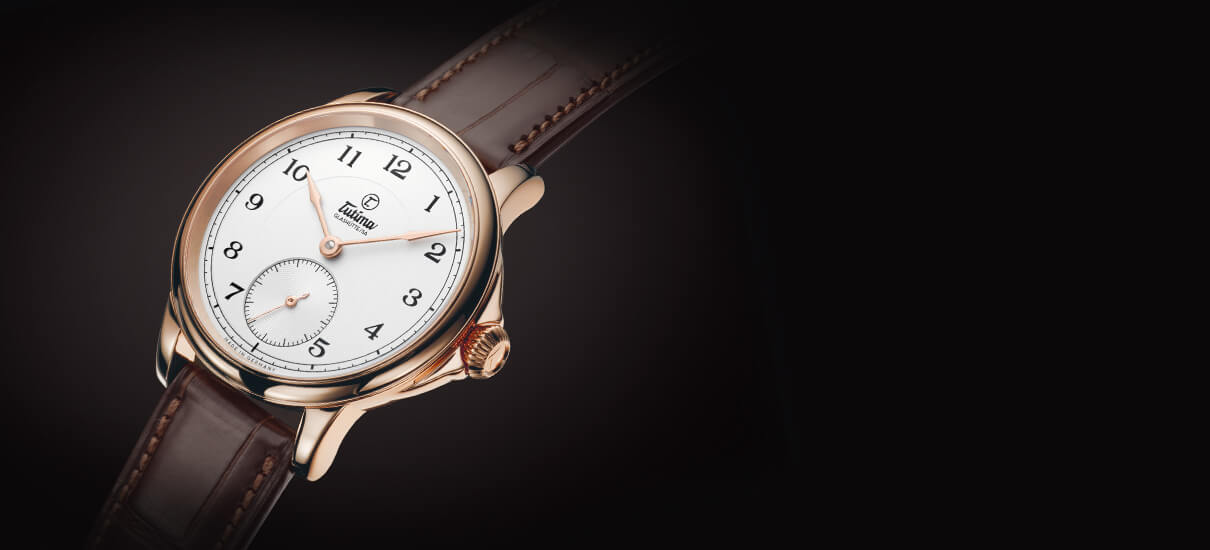

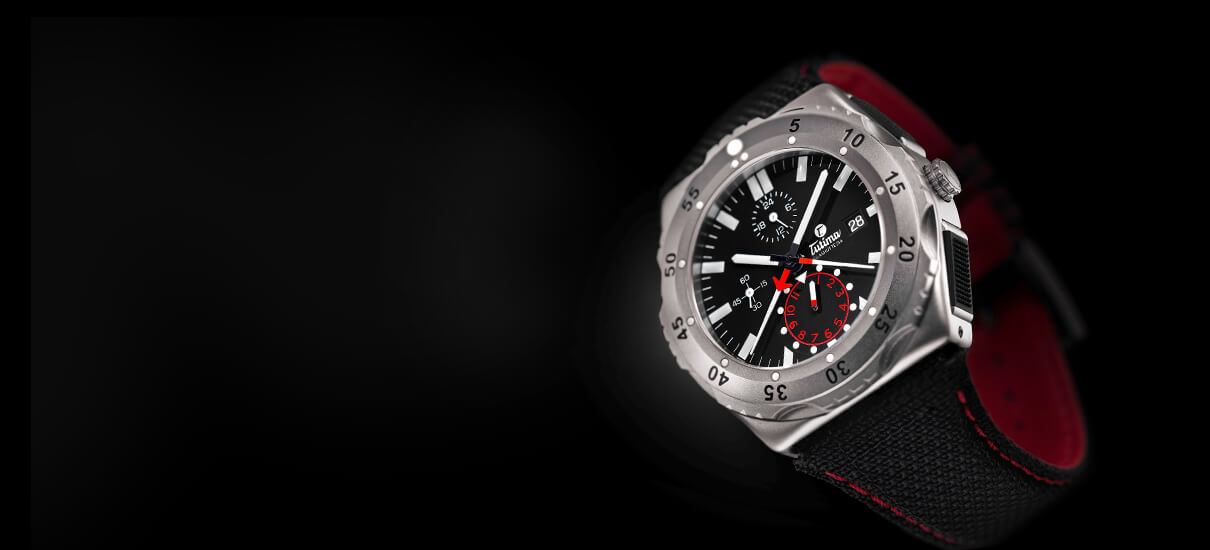

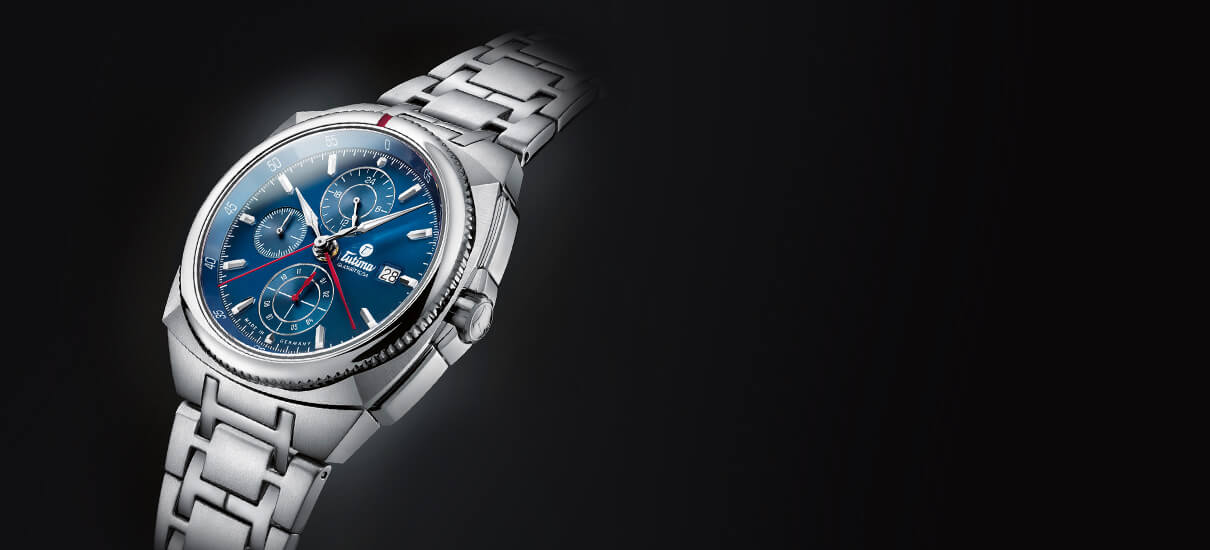

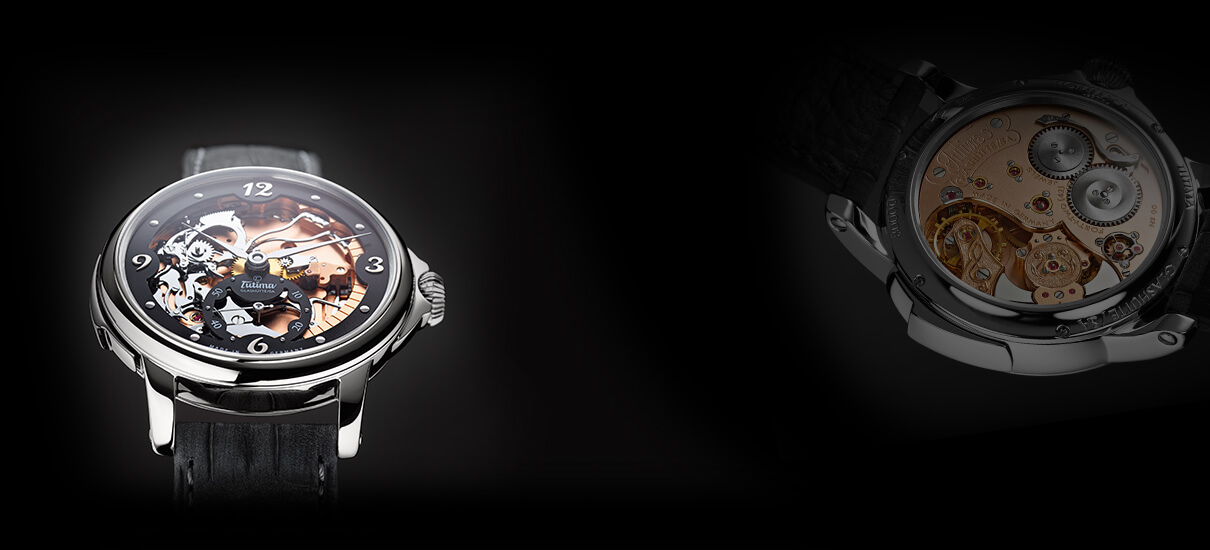



Outstanding education.
Great article!
FYI, the triple slit screw is an indicator that the screw is reverse threaded and is commonly used on the ratchet wheel. Otherwise, it would quickly become unscrewed.
https://mb.nawcc.org/threads/ratchet-wheel-screw-always-reversed-from-direction-of-turn.119163/
It’s fascinating to see all of the screw types used even though it complicates matters for future servicing or repairs.
Great input! I am going to have that added to the article for sure. R
Great article! I’d only like to remark that triple slot screws aren’t made for aestetic reasons but to indicate a left-hand thread. They’ve been used in watchmaking for ages.
A solid point and an omission on my part – we will add it in today!
Great article ,
Its a part of the watch and movement thats not often noticed .
Agreed, and thanks. It’s satisfying to give these little guys their moment in the sun. R
A reference to Walt Odets. That’s awesome. What about that Rolex Explorer? Never mind, just a joke for those that were participants of a watch forum long, long ago.
Haha, yes, that was a storm, wasn’t it! I absolutely love the dark corners of some of the forums, where brave souls have literally lifted the lid on these machines and attempted to decipher the meanings and messages. It is sometimes the closest we can come to the truth when the official watchmakers are not at liberty to chat about the movements!
Nice work, Ryan 🙂
Superb as always. More of this please! How would you classify the twelve small circular pieces which secure the minute track on the dial of the DB28 (and simultaneously function as hour markers)? They’re not really screws – are they bolts? They have a super cool high-polished appearance.
A good question! I will need to look into them to understand their function aside from markers. Without looking into it I thought the dial was affixed by other means and these were just little balls! Perhaps they are the head of a bolt or a rivet though. Look forward to finding out..
HI Ryan,
In regards to Romain’s use of curved slots, There is an engineering and practical reasoning for this, rather than purely aesthetic or to prevent non competent watch hacks “having a go” !
The engineering is due to torque applied to a regular straight slot, can if over tightened produce marks on opposing sides of the slot from the points of greatest pressure, whereas with his curved slot, the pressure points are not focused, but spread over the slot.
The practical aspect is that the screwdriver cannot “slip out” by accident, and damage any of the hours of painstaking hand finishing applied to parts close by.
Oh and the third reasoning, is as other have mentioned, for those few screws that are threaded opposite in order to not unwind, the curved slot for those is reversed, so as to not accidentally be able to use the regular direction screwdriver.
Thanks for bringing this important aspect of fine watchmaking to the forefront. Very much enjoy your book too!
Cheers,
Tim
Now that’s even more like it, Tim! Thanks for adding that; I will be spending some time at RG’s workshop this year and very much look forward to learning more! Very pleased you are enjoying the book. R
Nice read, thanks!
Very interesting. What about Torx, used on some of the smaller boutique brands. They have a fascinating technical quality that is all engineering.
That’s a good one. I don’t recall seeing any movement screws with torx, but perhaps a case or two – do you recall any specific brands and models?
Correct me if I’m wrong, but doesn’t Richard Mille use a torx style on cases?
I think I would call them inverted torx or inverted spline. I haven’t seen many that have the star shaped recess; come to think of it – with rounded edges it’s the Montblanc logo! They need to get in on this…
Fantastic article, Ryan. Thanks so much. Is your book available on Amazon?
Thanks, Jeremy! And, yes, it’s available at Amazon and in all reputable booksellers!
Only you Ryan, could take the seemingly mundane topic of the humble screw and transform it into an entertaining and informative read! And thank you for addressing the seemingly impossible to die myths and smoke and mirrors surrounding the Royal Oak nut/bolt/screw issue!
Haha, thank you, Bruce!